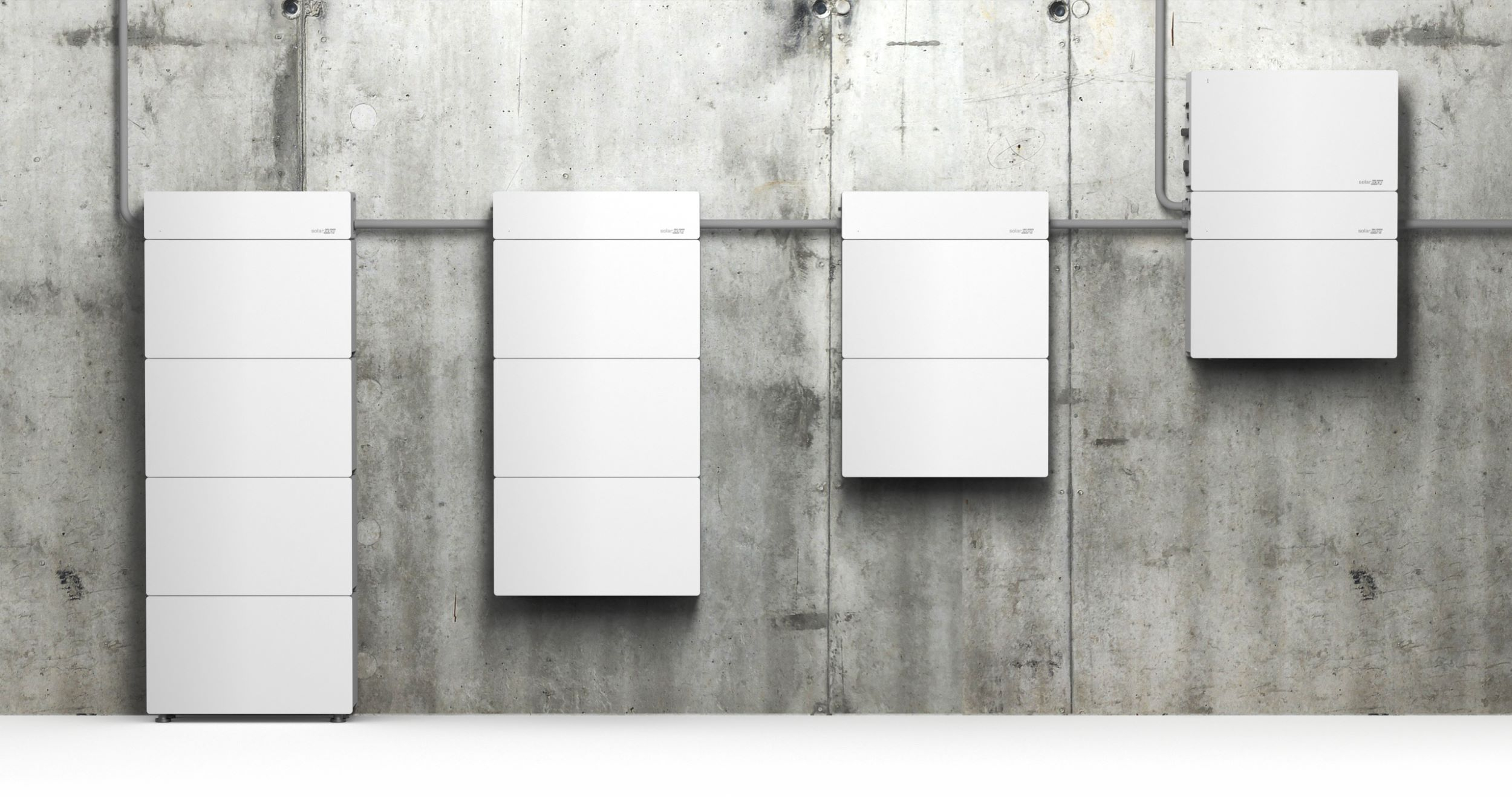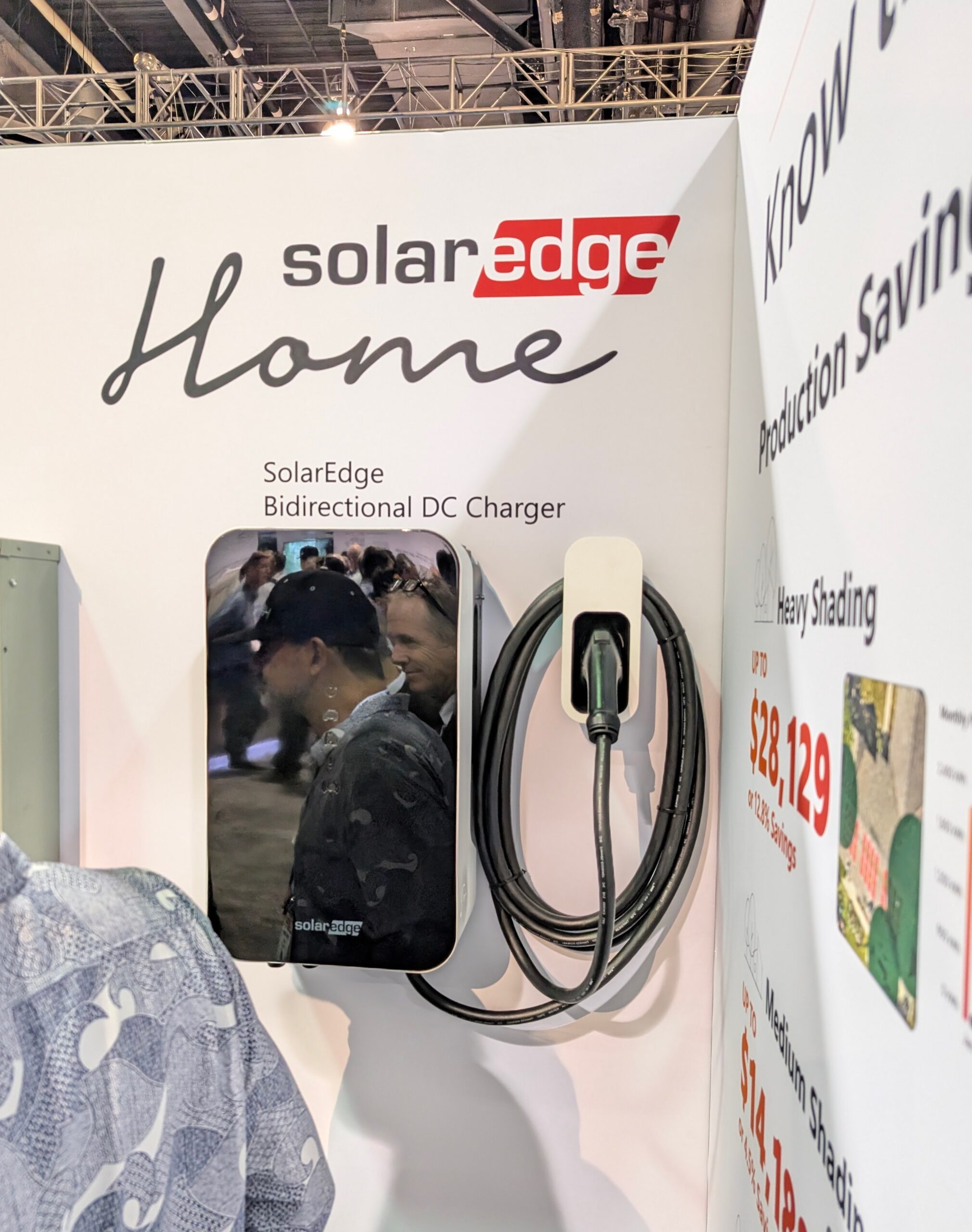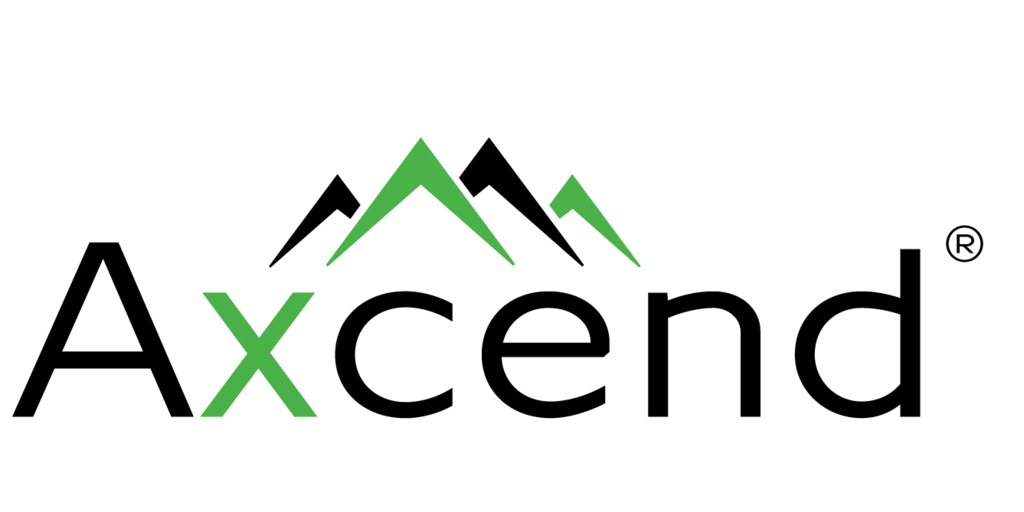Sign up for daily news updates from CleanTechnica on email. Or follow us on Google News!
SolarEdge is known for high efficiency inverters, and the company was at RE+ 2024 in Anaheim, California, again this year showing off all the latest improvements and upgrades it has made to its home solar ecosystem of products.
Most people don’t get excited about the white and grey boxes that get bolted onto the wall as part of a solar installation, but we do. After talking with SolarEdge last year and diving deep with their experts again this year, I’m here to confidently say that SolarEdge’s inverters, batteries, and technology is meaningfully different and should have you asking what brand inverter your installer is planning to use.
SolarEdge’s Class-Leading Inverters
Before we get into that, let’s start with what SolarEdge is already doing and what customers and installers can buy today. SolarEdge’s home hub inverter is the heart of the system, and is able to flip power from DC to AC with a remarkable efficiency of 99%.
It’s unheard of in the industry and is fundamentally what set SolarEdge apart as the leader in the residential solar inverter space. Just below SolarEdge’s home hub inverter in a typical installation is a box with a disconnect where the DC feeds all tap in to the system. This is a magical little connection that Solar Edge offers and is a critical differentiator, because it allows the DC from a rooftop solar system to be sent directly to a dedicated DC bus rather than straight into the inverter.

This is meaningful, as it allows DC power to be fed from the rooftop solar system directly to other DC components like the battery, a DC EV charger, or even DC appliances in the future. Batteries — like solar panels — store power as DC and SolarEdge’s design decision allows them to tap directly into the DC bus in the inverter without having to flip it to AC first.
Allowing the battery to be charged directly from rooftop solar is a game-changer, as it drastically improves the efficiency of the overall system and minimizes the round-trip losses of going into the battery and then back into the home as usable AC power.
Flipping the power from DC to AC and back, also known as the round-trip efficiency, is around a 10% loss in a typical system, but SolarEdge’s inverters can do this with a 98% round-trip efficiency. This is a monumental advantage over its competitors, which have to flip power to AC before putting it back into a battery and vice versa when pulling it back out of the DC battery. For homeowners, this translates directly to the bottom line as it directly produces more usable power from the rooftop solar system and from the stored battery.
The Next Generation
SolarEdge’s team doesn’t stand still. They’re always pushing out new products (like their battery), making improvements (like their DC bus), and making it easier to install their products. At RE+, they showcased their next generation hardware stack which is due to arrive in the second half of 2025. This new product lineup is an upgrade to their bottom-to-top residential infrastructure stack and brings efficiencies to both the installer and the homeowner in the form of a streamlined look.
The new lineup is literally a stack that mounts the inverter atop a set of 4.4 kilowatt-hour modular batteries. These modular batteries allow the homeowner to purchase exactly how much energy storage they need, with up to four battery bricks per stack for a total of 17.6 kWh each. Up top, SolarEdge consolidated its home hub inverter, backup interface, PCS, bus bar, and home fast-mount system all into a single unit that stacks cleanly onto the modular battery system.

That not only makes the system more aesthetically pleasing, but it drastically reduces the time, effort, and cost to install the system. Switching to a modular battery system also improves the logistics of the system as the current wall-mounted SolarEdge battery system weighs 220 pounds / 100 kilograms, whereas the new battery modules only weigh 70 pounds.
That means a single installer can manage these out of the back of a van instead of having to bring out a lift-gate truck with a forklift to manage today’s monolithic battery.
This new system features the same dedicated DC bus bar that allows you to charge the battery from the DC power produced by a rooftop solar system, but also offers a significant advantage with the addition of SolarEdge’s upcoming bi-directional home EV charger. SolarEdge announced the bi-directional EV charger last year and is now showcasing it with its new home inverter suite.

As the name implies, this DC charger taps directly into your electric vehicle with a DC connection. Today that’s the CCS1 adapter in North America, but SolarEdge confirms that swapping this out for a NACS-compatible charging cable is a straightforward operation. More importantly than that though, the new SolarEdge bi-directional DC charger taps directly into DC bus on their next generation inverter.
That means you can go beyond charging your EV with AC when your solar system is producing power, and instead tap directly into the DC power being produced by the solar system on your roof without having to run it through an inverter first. It also means you can power your home from the DC battery in your vehicle, if it supports bi-directional power output.
Overall
Combined, these announcements give SolarEdge a significant advantage over the competition. To get the full benefit of the DC bus, you’ll need a SolarEdge Inverter with optimizers on each panel, a SolarEdge battery system, and the new SolarEdge bi-directional DC EV charger. This is finally starting to feel like the future we were promised.
This is monumental in terms of efficiency and it can also tap into the home’s battery stack for an extra jolt of DC power if needed. It’s a beautiful integration unlike anything we’ve seen from any other solar supplier in the industry and definitely sets a new high bar for what’s possible when integrating — nay, optimizing — solar, energy storage, and EV charging.
For more information about SolarEdge’s currently available Home Smart Energy ecosystem or its next generation home ecosystem with the bi-directional EV charger, head over to the home solar products website.

Have a tip for CleanTechnica? Want to advertise? Want to suggest a guest for our CleanTech Talk podcast? Contact us here.
Latest CleanTechnica.TV Videos
CleanTechnica uses affiliate links. See our policy here.
CleanTechnica’s Comment Policy





